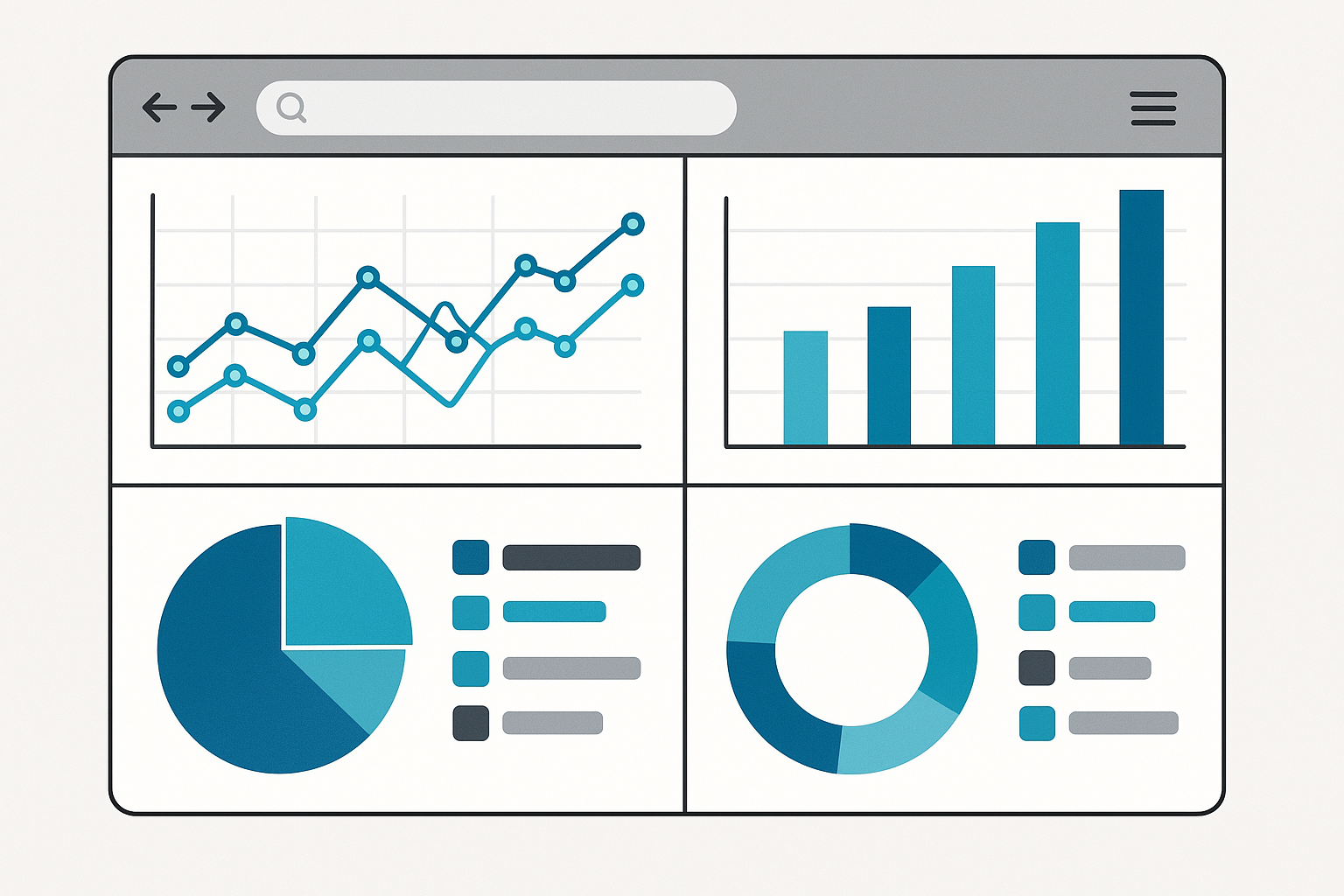As a small business owner, you have enough to worry about. Why should you have to monitor and interpret web analytics? You have a straightforward, simple website that provides all your information. Maybe you slapped some Google Analytics code in there to get some basic visitor counts, but you don’t really know what everything means. You hope that getting more traffic to your site will mean more customers. But will it? How does knowing that 20% of your site visitors come from Brazil really help? If you only have a physical storefront, how does knowing your online visitor count translate into potential customers and sales?

Maybe you are a podcaster or blogger. You know that the larger audience you have, the easier it is to find advertisers and make money. And the more people that visit your website, the higher the chances of increasing your audience. You may already have a hosting company that provides listener metrics. But what benefit would it be to add analytics to your main website that drives traffic to the episodes? Well, it turns out there are a lot of benefits for using web analytics, even for small businesses and sites!
Know Your Page Goals For Web Analytics
Before you start drilling down into all the details and looking at graphs, take a moment to think about the purpose and goals of your site.
- General Information site /Blog — increase audience size (visitors)
- Podcast site — increase audience of your podcast (listeners)
- Software as a Service site — increase sales/customers of the online service
- Website promoting a service — increase customers (call or request service)
- Website promoting physical items for sale — increase customers (order online or visit your physical store)
Then, start thinking about the goal of each page of your site. For an informational page, the goal might just be for the viewer to read all the way to the bottom. A product page’s goal might be the “Add to Cart” button, etc. You may have heard of a sales funnel for a website — a series of steps or journey that a prospective customer takes, leading ultimately towards a purchase (or other desired action, like call for a quote). Each page should have a single goal or “call to action” that you want your user to take, that moves them through the funnel and ultimately to a purchase.
1. Tracking Page Goals
The first and main reason to care about web analytics is therefore to track these page & site goals. To measure any of your page goals, you’ll need some sort of metrics and analytics on the activity within those pages. At a minimum, check if your visitor count goes up when you launch a promotion, ad, or sale. Keep track of your ultimate site goal to ensure that goes up as well (online orders, calls for service, etc). To truly be effective and useful, you’ll need to take some time to identify & define page-specific metrics that align with your sales funnel. That way you can tell if people are getting to one step of the funnel, but not advancing to the next.
2. Check Site Engagement
A second reason to care about web analytics is to see what people are doing on your site, and how they are accessing it. You can immediately see which pages are popular and how long they stay on those pages. If a visitor views only a single page from your site, only spends a short time and leaves, it’s called a bounce. If you have a high bounce rate, you may need to change your content or experience to keep visitors interested in exploring more (and hopefully leading to a purchase). If you notice a lot of visitors from a country or region you didn’t expect, you may want to add content that caters to them specifically. If a lot are using a mobile device, you can cater more to people on-the-go.
3. Monitoring Ad Campaigns
Web analytics becomes really powerful when you use it to monitor your ad (marketing) campaigns. Let’s say you want to run an ad for a month to generate more traffic. Create a separate “landing” page within your site that people will visit when they click the ad. The landing page then has links to more information or a call to action like Buy Now. This way you can see in your analytics exactly how many new visitors you’re getting with the ad, to know if it’s working. Even better, you can create separate landing pages for different sources where the ad is displayed, like Instagram vs Facebook, and get insights into which of those ads is doing best. We’ll go into more detail on ad campaigns in a future post.
For even more benefits of web analytics, check out this article from The Knowledge Academy. Web analytics gives incredible insights into what kind of traffic you’re getting on your site – where people are spending their time, which pages are popular, where people are coming from, and which ad sources are working best. Use this knowledge to double down on what is working for you, and phase out what doesn’t work. In our next post we’ll cover why analytics has gotten too confusing for the average person and why simpler is better. In the meantime, check out Why Painless Analytics? to learn how we provide just the right metrics that mean the most to you!
